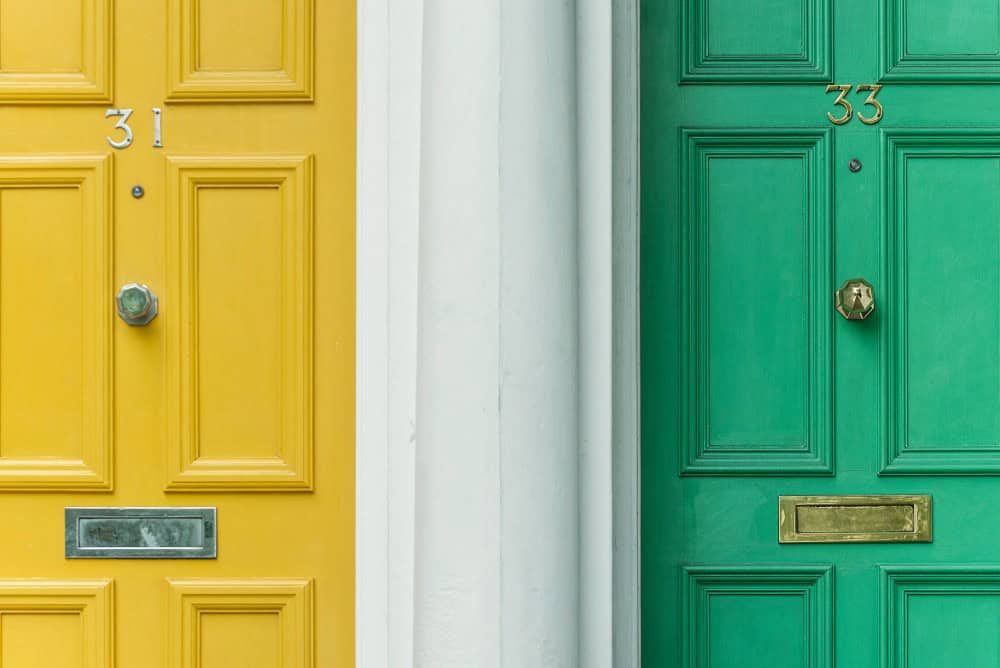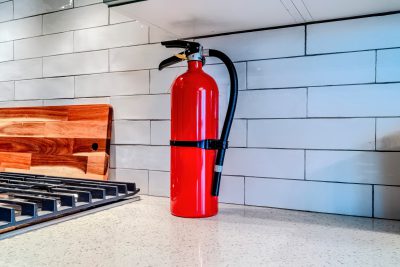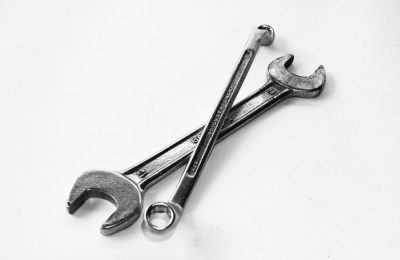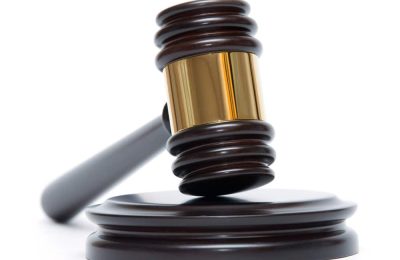Whether you’re a landlord or a tenant, renting can present its fair share of challenges. Though it’s also a financially rewarding venture and provides more freedom in living choices, there are pain points in the process to watch out for. For a smoother rental process, it’s smart to prepare yourself for potential hurdles.
To help you out, we’ve put together some advice on challenges for small property rentals in Scotland. Get started on the right foot with these expert insights.
Rental regulations
Before putting a property on the rental market, there are legal steps that have to be taken to make sure the listing follows Scottish legislation. To make sure your property follows regulations, we’ve put together crucial aspects that you need to know.
Landlord registration
The first is the landlord registration process. This involves getting in touch with the council for the area where the rental property is located and following their guidance. Property owners can also go online to apply for Scottish Landlord Registration.
There are some exceptions to landlord registration such as the landlord being a resident at the property. For more exceptions and details, be sure to check the Scottish government’s website.
Safety standards
It’s the responsibility of the landlord to make sure the rental property meets safety standards.
This includes fire alarms and carbon monoxide detectors. Fire and smoke alarms should be interlinked (meaning if one goes off, they all go off), with one alarm in the living room (or room that sees the most use), one in every hallway, and one heat alarm in the kitchen. You must also install a carbon monoxide alarm in a room with a carbon-fuelled appliance, like a fireplace. Be sure to read up on fire, smoke, and carbon monoxide alarms for easy compliance.
You’ll also need to hire an electrician to undertake an Electrical Installation Condition Report and use a verified gas engineer to conduct an annual Landlord Gas Safety Certificate check. Make sure that your property adheres to the Repairing Standards, too, and that all furniture meets fire regulations.
Additional safety certificates must be completed too, such as Legionella Risk and Energy Performance Certificate. Further details can be found here: https://www.mygov.scot/renting-your-property-out/getting-the-property-ready
Finding trustworthy tenants
Well-maintained rental properties in desirable areas often receive many applications. So, how does a landlord find trustworthy tenants? Let’s take a look.
It all starts with marketing
Finding the right tenants starts with good marketing. The better visibility the property has, the more tenants are likely to apply, giving the landlord plenty of choice when it comes to who lives in the home.
Marketing can also inform tenants of whether the property is a good fit for their needs. From accurate images to an easy-to-understand description, effective marketing gets the right tenants through the door.
Using online platforms
Online rental listings are a must to direct plenty of traffic towards the property. It makes it easier for tenants to view a wide range of houses available in their area and gives landlords access to a large portion of their target market.
Tenant screening services
Before choosing the right people for the property, tenants need to be screened. This can involve:
- Ensuring they can pay the rent based on their income
- Checking credit scores
- Asking for references
- Verifying their identity
It can be a pretty time-consuming process, so a lot of landlords choose a third-party screening company to make sure potential tenants are right for the home.
Maintenance
It’s normal for issues to pop up in a home, no matter how well it’s looked after, and it’s the landlord’s responsibility to solve these problems quickly.
If the landlord lives nearby, they may handle small issues themselves. More commonly, though, they’ll arrange for an industry professional to pop over and fix the problem quickly. There are also rental management companies that can handle maintenance problems, taking the stress entirely from the landlord’s shoulders.
To reduce the long-term costs of maintenance, landlords should always prioritise quality amenities and construction when preparing a rental home. Though it may be more expensive in the short term, it’s likely to save you time, money, and stress in the future.
It’s also wise for landlords to set aside money for maintenance. To prevent small issues from becoming big problems, arrange regular maintenance inspections too, in which a professional will take a look at your building to point out anywhere that needs a little TLC.
Tips for managing rental income and expenses
When managing a rental property, both the landlord and the tenants must have their finances in order.
Rent can be taken in a variety of ways, as long it’s agreed upon in a contract by both parties. Cash payments, direct debits, and in-person payments using a card machine are all legal options for rental agreements, giving the landlord and tenants the freedom to find a method that works for both sides.
As a landlord, managing rental income is a must. We’ve already touched on putting aside money for repairs, but it’s also a good idea that rental income is saved to cover any vacancy periods. Rather than being left strapped for cash between tenants, build up a safety net by being careful with income.
Rental income is also taxable. This is done via a self-assessment, putting the landlord in control of filling out their tax return and paying money owed.
It’s smart, therefore, to keep a close eye on income and expenses and track your cash flow throughout the year using a business bank account.
Deposits and deposit schemes
Landlords are legally obligated to deposit any tenancy deposit they receive into an approved scheme, safeguarding the funds until they are ready to be refunded. In Scotland, you can choose from:
At the conclusion of the tenancy, the deposit is refunded to the tenant. In case of disputes between the landlord and tenant regarding the deposit, either party can reach out to the tenancy deposit scheme provider for resolution. The provider will then assess the evidence provided and determine the appropriate division of the deposit.
Do note that the deposit can’t exceed the value of two months’ worth of rent. So, if you’re letting a property for £600 a month, the deposit can’t total more than £1,200.
Adapting to changes in the market
As with all markets, the rental market is dynamic and subject to fluctuations, and you have to be able to adapt to suit your tenants. It’s crucial, for example, that you keep an eye on fluctuating rent levels. As a landlord, you don’t want to price your property out of the market, so using landlord services such as Citylets’ Optilet can help ensure that the rent level is set wisely.
Final thoughts
Rental properties play an essential part in the UK property market, bringing flexibility and more options to those looking for a home. Whether you’re a landlord or a tenant, we hope this article has given you some insight into how to navigate a smooth rental process in Scotland.
To view available rental homes in Scotland or list your property, be sure to take a look at Citylets.











